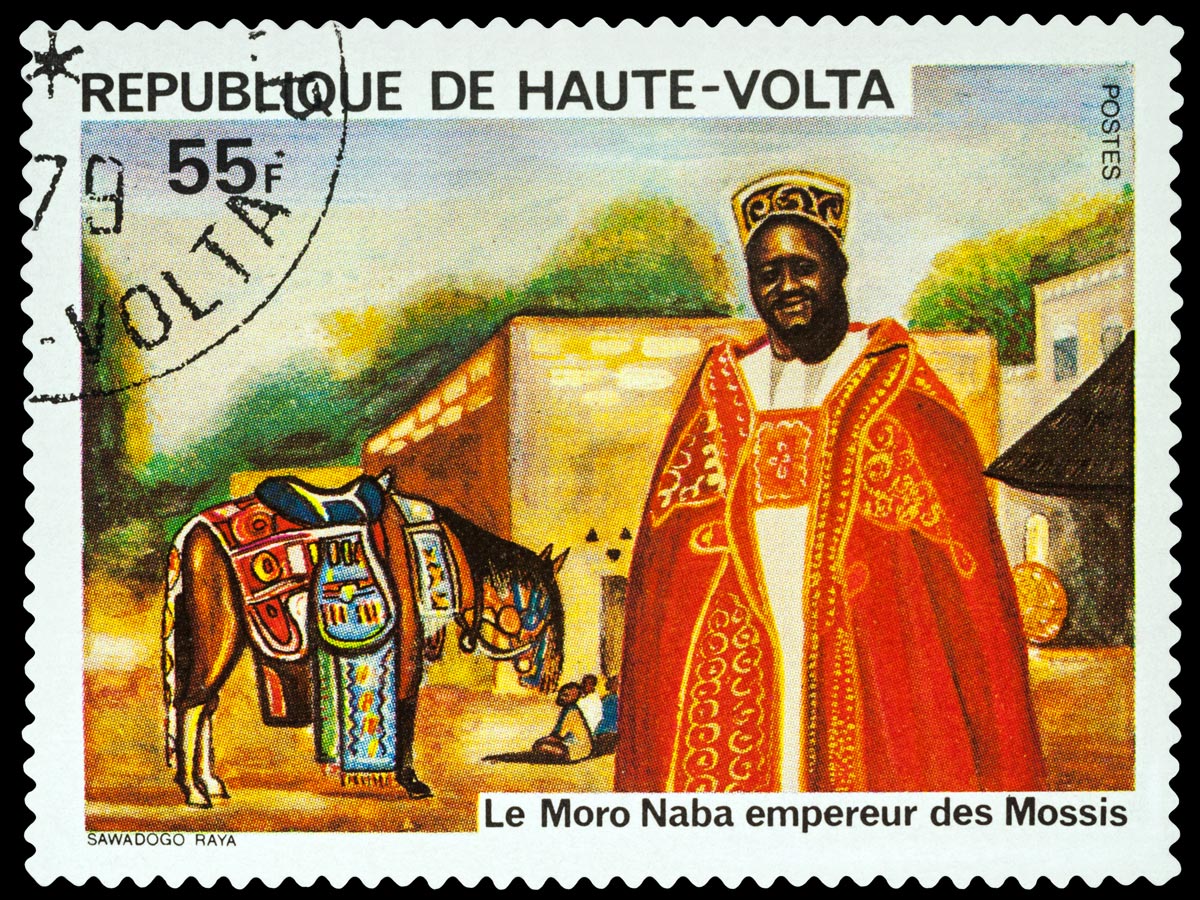
Colonial revenue stagnated after a coercive cotton policy failed. Charles Alexis Edouard became the first governor of the newly formed colony called Haute Volta.

The move separated the present Burkina Faso territory from Niger and Upper Senegal. On March 1, 1919, the French established French Upper Volta, partly due to fears of uprising, economic considerations, and to bolster its administration. Around that time, Tuaregs and allied groups also rebelled in the Sahelian north. After suffering defeats, the French gathered its largest colonial expedition force and eventually defeated the movement. The Volta-Bani War, an important armed opposition to colonial government, took place from 1915 to 1916 in western Burkina Faso and eastern Mali. The territories draftees, known as the Senegal rifles, fought in World War I in Europe. As part of the reorganization of the French empire in 1904, the Volta basin territories merged with the Upper Senegal and Niger colony in French West Africa. The French continued wars of conquest against local areas and powers for an additional five years. On June 14, 1898, the English and French drew the borders between their colonies, ending the confrontations. Some small parts of the region were not under control, but by 1989 most of the modern day nation had been conquered. The western and eastern regions came under French control in 1897 after a standoff with the powerful ruler Samori Ture. The French defeated the Mossi Ouagadougou kingdom and the area became a French colony in 1896. The English and French waged a major rivalry in the area through military and civilian expeditions. They likely emerged in the 16th century, but their origins are obscured and subject to legends. The most powerful of these was the Wagadogo and Yatenga. Mossi kingdoms existed in the central area. There are also remains of walls in Burkina Faso’s southwest, but their builder’s identity is unknown. The Dogon left the area between the 15th and 16th centuries to settle in the Bandiagara cliffs. The Dogon left relics in the north and northwest parts of the country. Burial remains indicate spiritual practices began around this time as well. Iron, ceramics, and stone were used beginning between 15 BC.

Evidence shows these were permanent settlements. Farmer’s settlements began to appear between 36 BC. Simon Nijjar discovered their tools in 1973. Historyīetween 14,0 BC, hunter-gatherers began populating the country’s northwest.

The African Union, Community of Sahel-Saharan States, La Francophonie, Organization of the Islamic Conference and Economic Community of West African States list Burkina Faso as a member. Blaise Compaore is the current president. After its independence in 1960, several governmental changes occurred until the country took its present semi-presidential republic form. In 1896, Burkina Faso became a French protectorate. Mossi kingdoms were present in the central part of the nation. Farming settlements appeared between 36 BC. Hunter-gatherers populated the area between 14,000 and 5,000 BC. Burkina Faso’s people are known as Burkinabe. The country has a surface area of 274,200 square kilometers. On August 4, 1984, the country changed its name from the Republic of Upper Volta. Burkina Faso is a landlocked African country surrounded by Niger to the east, Benin to the southeast, Togo and Ghana in the south, Cote d’Ivoire to the southwest, and Mali to the north.īurkina is a rapidly growing country with an estimated 2019 population of 20.32 million, which makes Burkina that 62th most populous country in the world.


 0 kommentar(er)
0 kommentar(er)
